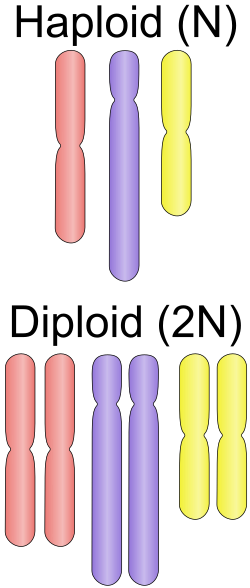Neo Darwinism
SYNTHETIC THEORY OF EVOLUTION
Darwin’s theory (wikipedia) of natural selection was accepted. The strong supporters of Darwinism are Wallace, Huxley, Haeckel, and Weismann. In the light of recent researches the theory was modified. Several experimental evidences have gone in favor of Darwinism. Basing on ‘those facts and statically data a synthetic theory of evolution was proposed. This is modified theory of Darwinism. This is called Neo-Darwinism. The ideas of Darwin were taken into consideration, But the meaning of those ideas were very much changed. Neo-Darwinism is the simple reconstructed Darwinism, like the old wine in a new bottle.
According to Neo-Darwinism the following factors operate for the formation of new species.
According to Neo-Darwinism the following factors operate for the formation of new species.
a) Variations
b) Mutations
c) Natural selection
d) Genetic drift
e)Isolation of species.

Over production, struggle for existence, and universal occurrence of variation will take place as usual. But in the synthetic theory the formation of variations and mutations were discussed with experimental evidence for evolution which Darwin was unable to explain. Hence synthetic theory of organic evolution was more appropriate:
a) Variations: During Darwin’s time little was known about genetic variations. During Meosis and crossing over synapsis will take place. Because of this regrouping of genes will take place. Because of which genetic variation will appear or chromosomal aberrations will take place. The chromosomes may loose a bit or gain in a bit or order may be changed, or chromosomal bits may be exchanged between two chromosomes. These aberrations will become heritable variations.
Now and then the sets of chromosomes will increases or decrease. This is called ploidy (wikipedia). Because of this polyploidy heritable variations will arise they will be carried to number of generations This may result in the origin of new species.

b) Mutations: Any change in the nucleotide sequence of DNA and if one pair of nucleotides is replaced mutations will arise. These mutations are called point mutations (Wikipedia). These are caused spontaneously in nature. They can also be brought by induction. Mustard gas, x-rays, gamma rays, electric shocks, temperature shocks etc. will bring mutations. These mutations arc rare. They are sudden and heritable. They may be harmful or beneficial. Most of the mutant genes are recessive. They can be expressed only in homozygous state.
Because of these sudden mutations new species are formed. For evolution, variations and mutations will be the raw material.

c) Natural Selection: Natural selection (Wikipedia) includes aft forces both physical and biotic factors and determine how and in what direction an organism is to change. Natural selection has no favoritism. But it is obvious that the organisms which are suited for environmental conditions will survive over power in the force of competition. Because of this better survivors are retained in the nature.

d) Genetic Drift: In small inter breeding population heterozygous gene pairs will tend to become homozygous. Because of this, disadvantage characters may be expressed and those organisms will be weeded out. Such genetic drifts (Wikipedia) are not theoretical. They operate in small populations of Islands. This genetic drift will provide a way to determine the line of evolution.

e) Isolation: In Darwin’s time nothing to known about isolation. Isolation (Wikipedia) is very important part in evolution. Usually the organisms of a population will be segregated into several populations because of physiological or geographical Isolation.

Mutations large stretches of water may separate a population in the separated groups one group may change. Because of this new species Will be developed. Thus geographical isolation will bring evolution.
The effects of natural selection in different environments will give different species.
Thus the old Darwin’s concept is re-organised with experimental proofs, New-Darwinism was proposed.
